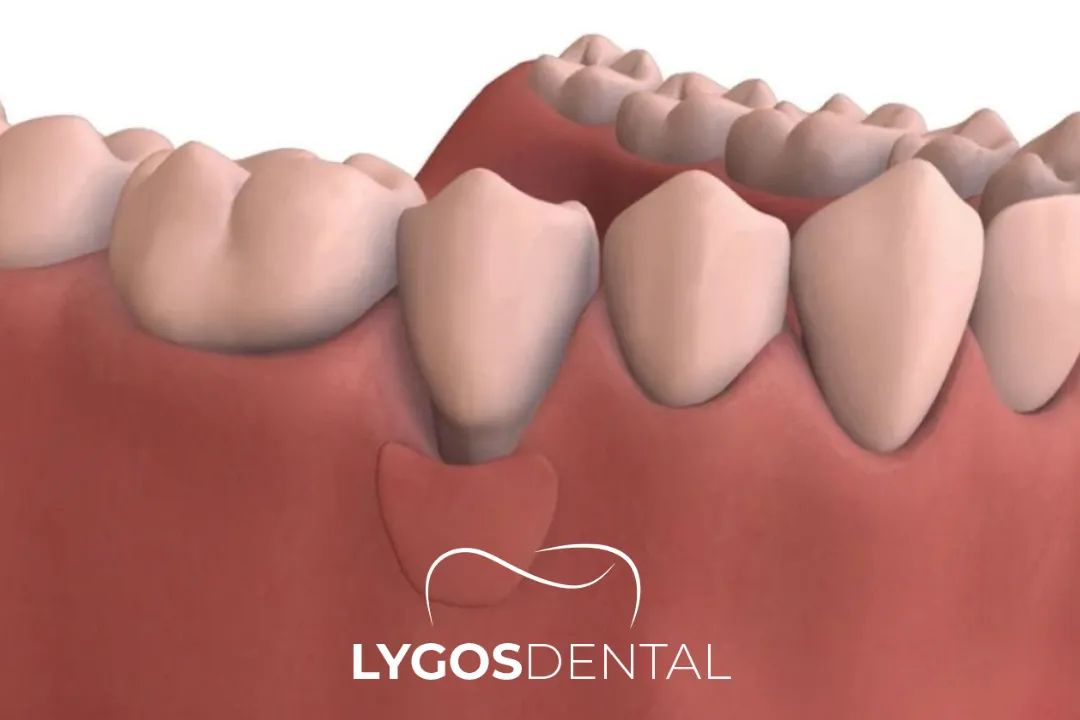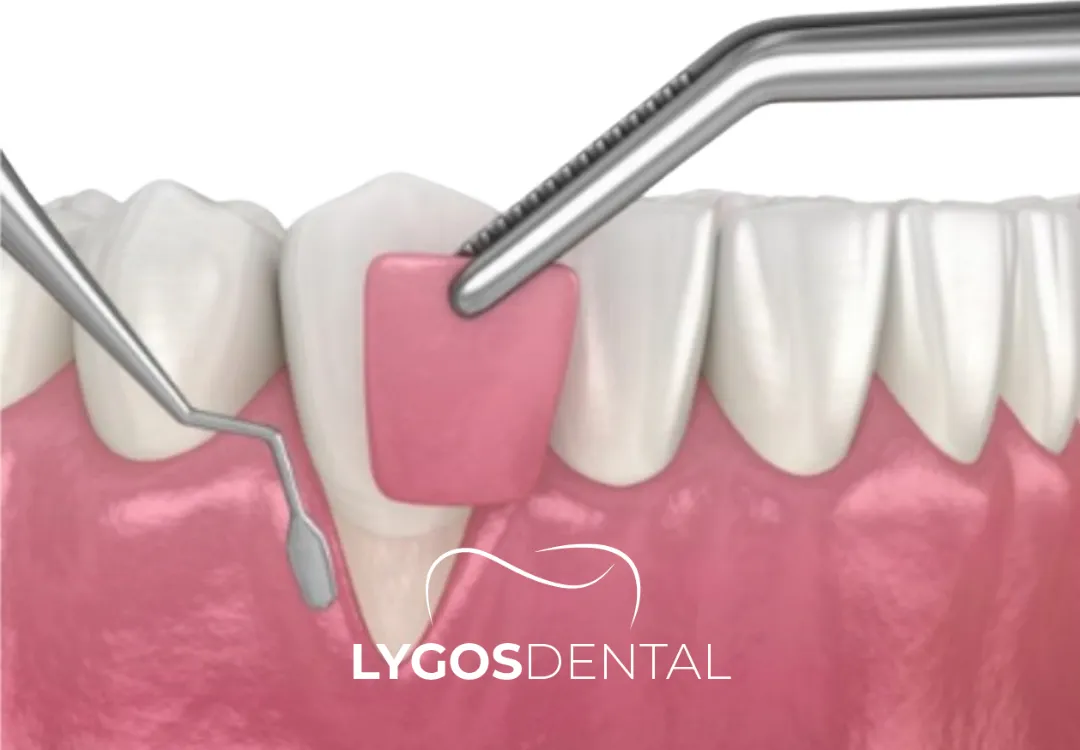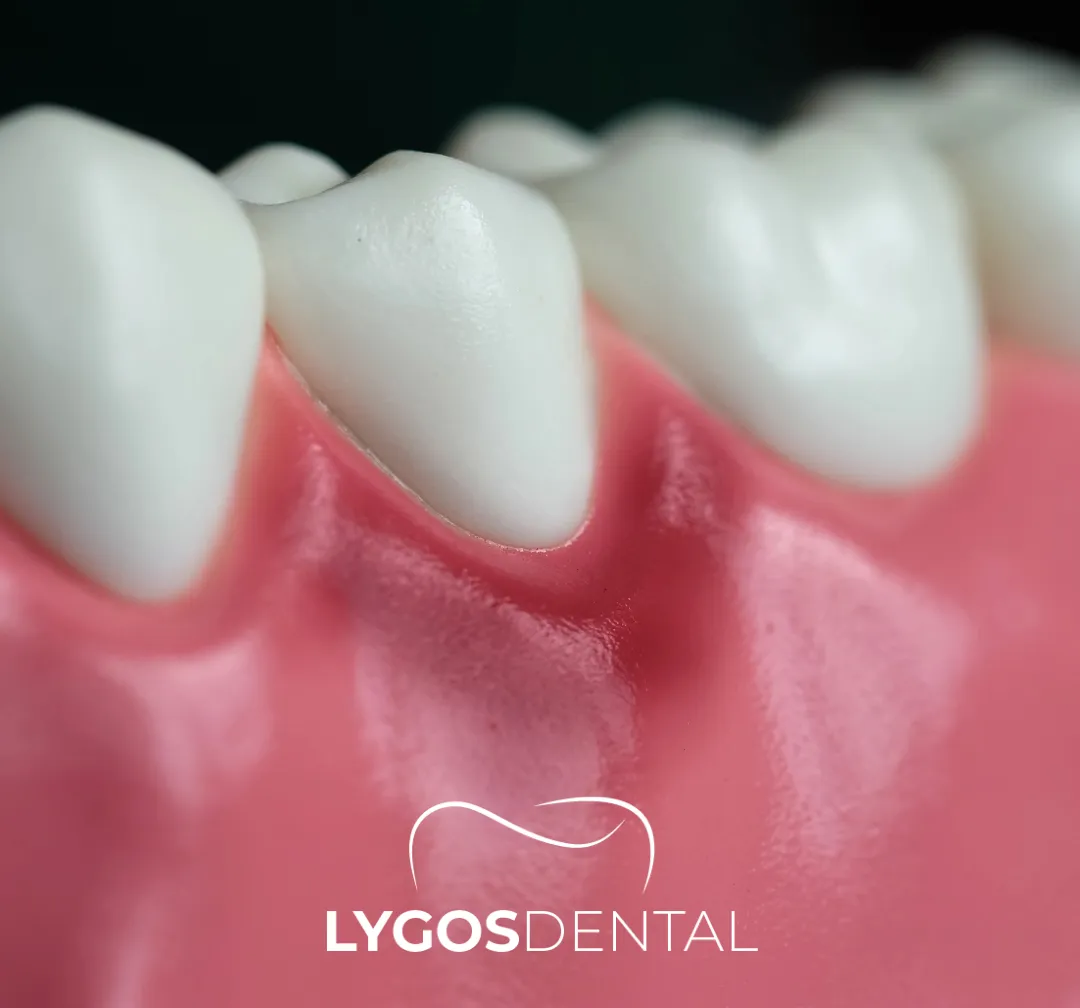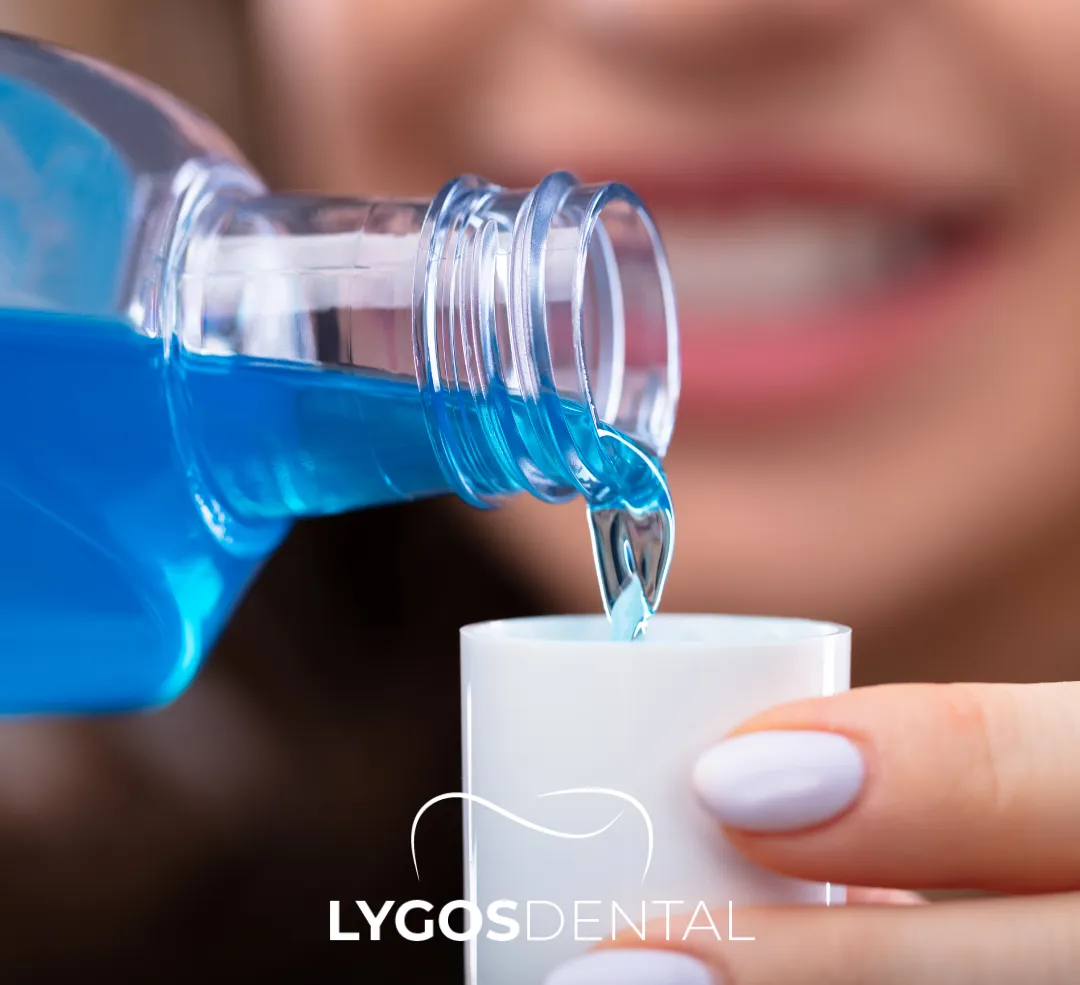Night Toothache Relief: Easy Drug-Free Solutions That Actually Help
So, how does tooth loss affect speech? In this article, we will examine in detail the effects of tooth loss…
This procedure is especially beneficial for patients with moderate to severe gum recession, where non-surgical treatments such as scaling and root planing may not be enough to prevent further damage. By covering the exposed roots and thickening the existing gum tissue, gum grafting offers both aesthetic and functional benefits. It not only prevents further gum recession but also stabilizes the teeth, reducing the likelihood of tooth loss.
Furthermore, gum grafting enhances the appearance of the smile, particularly when gum recession has affected the front teeth. For numerous individuals, gum recession can result from various factors, including vigorous brushing, inadequate oral care, genetic predisposition, or gum conditions like periodontitis. Recognizing and tackling the underlying causes of gum recession is essential to prevent a recurrence after gum graft surgery.
Choose Your Topics
This is the most frequently executed type of gum graft procedure. The periodontist creates a small flap on the roof of the mouth and extracts a layer of tissue from beneath it. This tissue, known as subepithelial connective tissue, is then transplanted to the area where the gums have receded, and sutures are placed to hold it in place. The donor site on the palate heals naturally over time.
The process generally takes about 1 to 2 hours to complete. Nevertheless, in cases that are more intricate—such as those necessitating multiple grafts or dealing with significant gum recession—the time required can be considerably longer. A thin layer of tissue is extracted from the palate and applied to the area experiencing gum recession. Free gingival grafts are often used in cases where the goal is to thicken the gum tissue rather than cover exposed roots.
This grafting method involves shifting existing gum tissue to cover the exposed root of the tooth. A section of gum tissue is partially cut from a nearby area and pulled over the receding site, where it is then stitched in place. Pedicle grafts are only suitable for patients who have sufficient gum tissue surrounding the affected tooth.
This technique is the most commonly utilized method for treating gum recession. It is highly effective for covering exposed roots and thickening the gum tissue in areas where the gums have receded. The tissue is typically harvested from the roof of the mouth and subsequently grafted onto the area that is affected.
This method is commonly used when the objective is to thicken the gum tissue rather than cover exposed roots. The tissue is sourced directly from the roof of the mouth and placed onto the recession area. Free gingival grafts are frequently used in patients with thin or fragile gums.
This procedure involves moving nearby gum tissue to cover the area of recession. This method is ideal for patients who have an adequate amount of gum tissue surrounding the affected area. Pedicle grafts do not require tissue to be harvested from another part of the mouth, making them less invasive than other types of grafts.
In certain situations, an allograft may be utilized as an alternative to the patient's own tissue. This involves using donor tissue, typically sourced from a tissue bank. Allografts are a great option for patients who want to avoid tissue harvesting from their own mouths or when a large area needs to be treated.
Each type of gum graft has its unique benefits and is used for different situations. Your periodontist will recommend the most appropriate type based on the extent of your gum recession and your specific needs.
A free gingival graft is a specific type of gum graft procedure designed to increase the thickness of the gum tissue in areas where it is thin or fragile. This type of graft is often recommended for patients who have naturally thin gums or who need to reinforce the existing gum tissue to prevent further recession.
In a free gingival graft, the periodontist removes a small section of tissue from the roof of the mouth and applies it to the area affected by gum recession. This transplanted tissue helps to thicken the gums and protect the underlying teeth. While free gingival grafts are not typically used to cover exposed roots, they are highly effective for strengthening weak or thinning gums.


Gum graft surgery is a reliable and effective method for restoring gum health and safeguarding your teeth against further damage. The surgery is performed under local anesthesia, ensuring the area is numb and the patient experiences no pain during the procedure.
After the surgery, patients may experience some discomfort, swelling, or minor bleeding, but these symptoms usually subside within a few days. The success of gum graft surgery significantly relies on adhering to the post-operative care guidelines given by your periodontist. Proper care during the healing process ensures that the graft integrates properly with the existing gum tissue and provides long-lasting protection for your teeth.
The recovery period following gum graft surgery varies based on the type of graft used and the patient’s general health. On average, patients can expect the healing process to take 1 to 2 weeks. During this period, it is essential to adhere closely to all post-operative instructions to achieve the best possible results.
In the first few days after the surgery, you may feel some discomfort, swelling, and minor bleeding. These symptoms are common and can be alleviated with over-the-counter pain medications and cold compresses. The sutures used to secure the graft usually dissolve on their own within a week, and a follow-up appointment will be scheduled to monitor your progress.


Proper aftercare is essential for ensuring the success of your gum graft surgery. It is important to avoid disturbing the graft site by not touching or brushing the area where the graft was placed, as this can prevent the graft from shifting or becoming irritated.
Your periodontist may also recommend using an antimicrobial mouth rinse to prevent infection and promote healing, so it is crucial to follow their instructions carefully. During the first week after surgery, it’s recommended to eat soft foods that won’t irritate the graft site, while avoiding hard, crunchy, or spicy foods to prevent disrupting the healing process.
Patients should avoid brushing or flossing near the graft site during the initial healing period and follow a soft food diet to prevent irritation. Soft foods like yogurt, mashed potatoes, and smoothies are ideal choices. Furthermore, your periodontist might suggest an antimicrobial mouth rinse to help minimize the risk of infection.
The price of gum graft surgery can fluctuate depending on various factors, such as the procedure’s complexity, the type of graft employed, and the dental clinic’s location. The price is typically influenced by the number of areas that require treatment, with more extensive gum recession leading to a higher overall cost.
Additionally, if synthetic materials or donor tissues are used in place of tissue harvested from the patient, this can also affect the final cost of the surgery. In some cases, dental insurance may help cover part of the expenses, particularly if the procedure is considered medically necessary due to the risk of further gum recession and potential damage to oral health.

Initial healing typically occurs within 1 to 2 weeks, while complete recovery may take 4 to 6 weeks, depending on the individual and the type of graft performed.
The surgery is free of pain due to the administration of local anesthesia. Discomfort after the surgery is generally mild and can be alleviated with pain medications, often subsiding within a few days.
Select soft foods such as yogurt, mashed potatoes, and smoothies, while steering clear of hard or spicy options.
Dissolvable stitches heal in 7 to 10 days; others may need removal in 1 to 2 weeks.
So, how does tooth loss affect speech? In this article, we will examine in detail the effects of tooth loss…
So, how does tooth loss affect speech? In this article, we will examine in detail the effects of tooth loss…
So, how does tooth loss affect speech? In this article, we will examine in detail the effects of tooth loss…

Special Note:
Our treatments are provided by healthcare facilities that possess a health tourism authorization certificate

Special Note: Our treatments are provided by healthcare facilities that possess a health tourism authorization certificate
Selenium Retro, Ataköy 7-8-9-10. Kısım, D-100 Güney Yanyolu No:18/A, 34158 Bakırköy/İstanbul
© 2025, LYGOS DENTAL. All Rights Reserved.